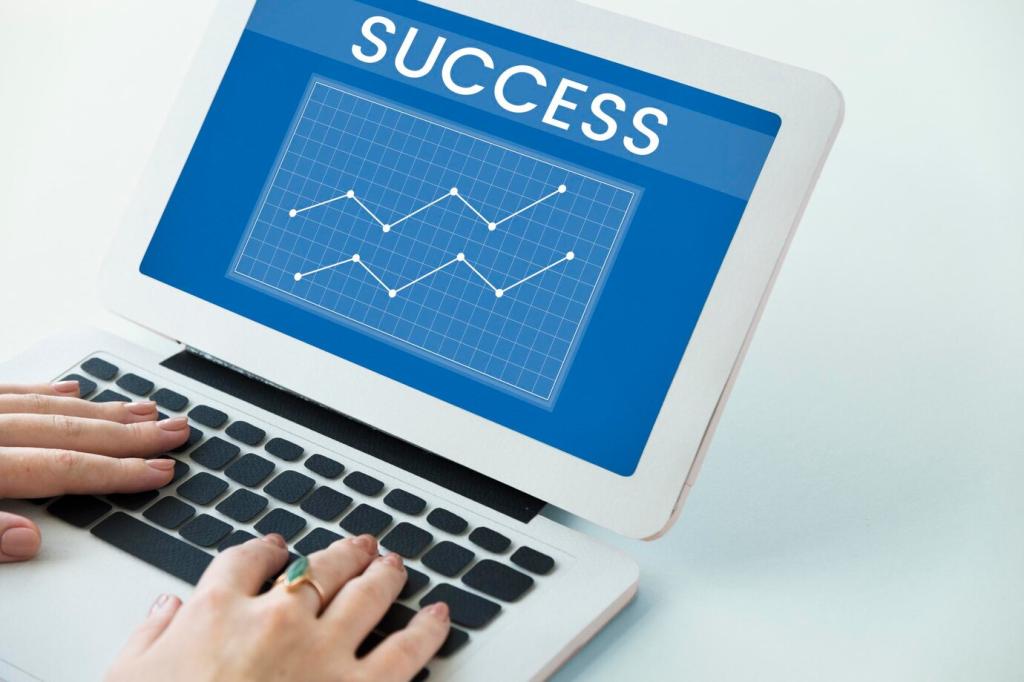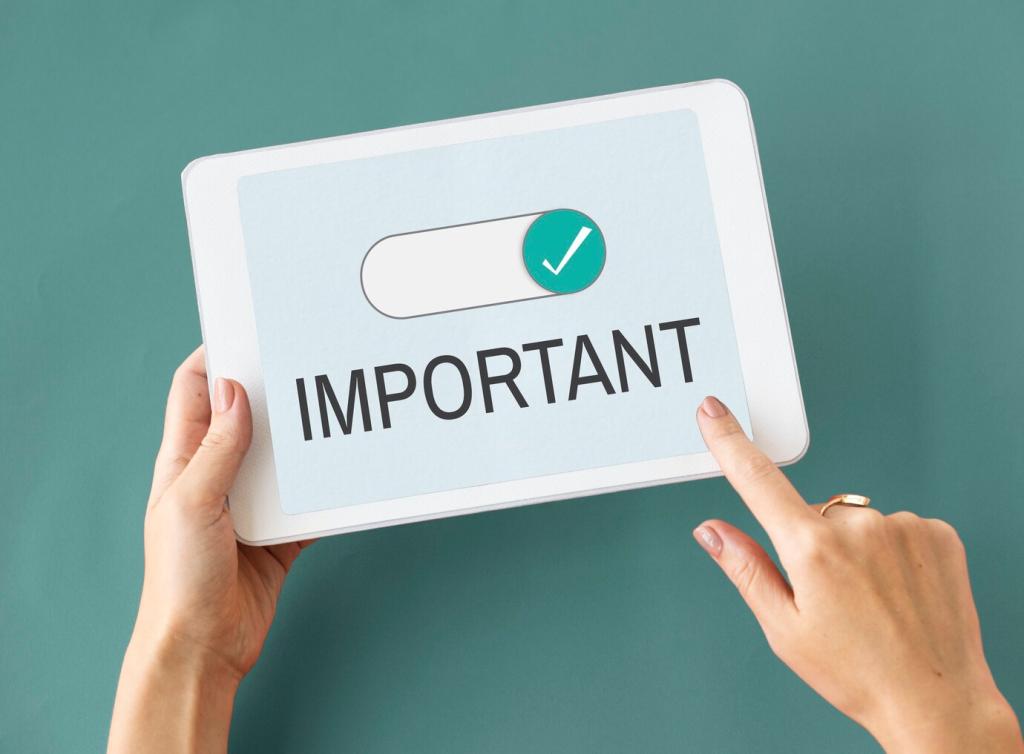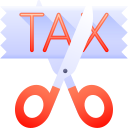Your Step-by-Step Guide to Filing Taxes in Malaysia
Residency status and why it matters
In Malaysia, residency status affects tax rates, reliefs eligibility, and which form you use. Residents often access more reliefs, while non-residents face flat rates. Track your days in Malaysia carefully and keep travel records, especially if you work across borders or travel frequently for business.
Assessment year and filing windows
Malaysia’s assessment year generally follows the calendar year. Filing deadlines typically fall around late April or mid-May for employment income, and late June or mid-July for business income via e-Filing. Mark your calendar early and watch LHDN announcements for exact dates and any extensions.
Penalties and grace periods
Late filing can trigger penalties, so treat deadlines seriously. While e-Filing sometimes offers short extensions, relying on them invites stress. A reader named Aina avoided a penalty by submitting an estimated return first, then amending promptly when her final documents arrived.

Gathering the Right Documents
Request your EA Form from your employer and verify numbers against your payslips, including PCB amounts and benefits-in-kind. Confirm employer tax number and address details early. If something looks off, ask HR for clarification before you start your e-Filing to avoid last-minute corrections.
Registering with MyTax and Starting e-Filing
If you have never filed, request a PIN from LHDN (Inland Revenue Board of Malaysia). Bring identification and basic details. Once issued, use the PIN to activate your MyTax account. Keep your login credentials safe and add two-factor authentication if available for added peace of mind.
Registering with MyTax and Starting e-Filing
Most employees without business income use e-BE, those with business income typically use e-B, and non-residents use e-M. Selecting the right form ensures proper calculations and relief availability. If you changed status or started a business, double-check your choice before proceeding.


Claiming Reliefs, Rebates, and Deductions the Smart Way
Track EPF contributions, life insurance, and medical insurance premiums under the relevant reliefs, subject to annual limits set by LHDN. Keep official receipts and policy documents. If your employer funds medical cover, claim only your eligible personal portion to stay compliant and audit-ready.
Claiming Reliefs, Rebates, and Deductions the Smart Way
Lifestyle reliefs often cover books, newspapers, computers, tablets, smartphones, sports equipment, and internet subscriptions within defined caps. Keep detailed receipts showing item descriptions. Consider planning purchases across years to maximize reliefs without overspending. A simple spreadsheet helps prevent missing smaller but valuable claims.


Confirm your name, identification number, address, bank account for refunds, and marital status. Enter employer details and PCB amounts exactly as in your EA Form. Double-check benefits-in-kind and perquisites, such as parking or device subsidies, to ensure accurate totals feed into your calculation.
Completing the e-BE Form: A Guided Walkthrough
Payments, Refunds, and Record-Keeping
If tax is payable, settle it by the stated due date via approved channels such as FPX or designated counters. Keep payment references. Consider aligning payment with a budget plan to avoid cashflow strain, and set reminders so you never miss crucial settlement deadlines.

Special Cases: Freelancers, Landlords, and Expats
Freelancers and business income
Freelancers typically use the business income form and should keep careful expense records. Track invoices, software subscriptions, equipment, and travel logs. Separate business banking improves clarity. If cashflow is irregular, consider setting aside a percentage monthly to meet your eventual tax obligations confidently.
Rental income specifics
Declare rental income net of allowable expenses like repairs, maintenance, service charges, and property assessments. Keep tenancy agreements, bank transfers, and receipts. Photograph meter readings at handover to prevent disputes. A quarterly spreadsheet helps reconcile deposits, arrears, and costs, ensuring accurate, defensible reporting when you file.
Non-residents and cross-border issues
Non-residents often face different rates and relief rules. Review double tax agreements and withholding obligations if services cross borders. Track days spent in Malaysia meticulously. Since regulations evolve, verify current guidance from LHDN or a professional before filing to avoid costly misunderstandings and penalties.
Planning Ahead for Next Year
If you consistently owe or consistently receive large refunds, talk to HR about adjusting PCB. Better alignment reduces surprises. Review benefits choices, bonus timing, and allowable reliefs so your monthly deductions match reality more closely and improve year-end cashflow outcomes significantly.
Planning Ahead for Next Year
Use a simple app or shared drive to file receipts in real time by category. Snap photos at purchase, tag them, and reconcile monthly. At year-end, you will have a clean, categorized archive, dramatically reducing the time and stress involved in assembling your return.
Planning Ahead for Next Year
Marriage, children, education, property purchases, and starting a business can change your reliefs and form selection. Keep notes and update documents as life evolves. Comment with your upcoming changes, and we’ll share a tailored checklist to keep your next Malaysian filing smooth and timely.
